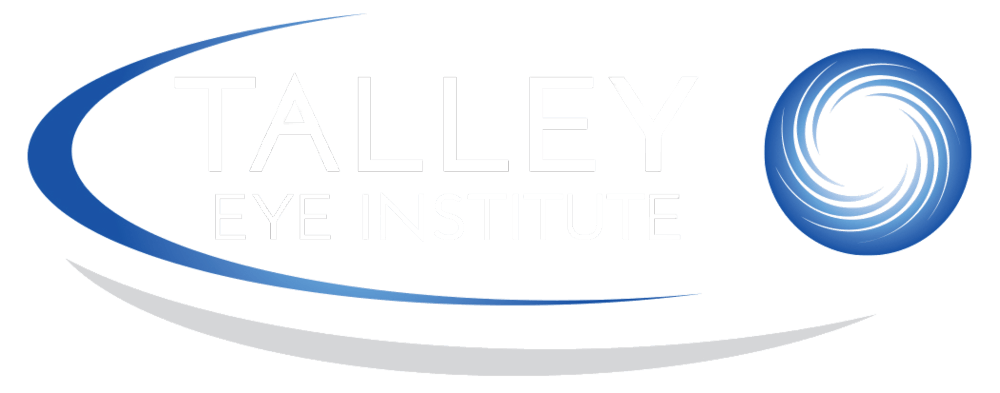Call 812.424.2020 or 800.489.2020 Fax: 812.424.3000
6149 E. Columbia St. Evansville, IN
Amblyopia
Amblyopia
Amblyopia
Overview
Amblyopia is a term used to describe an uncorrectable loss of vision in an eye that appears to be normal. It’s commonly referred to as “lazy eye” and can occur for a variety of reasons.
A child’s visual system is fully developed between approximately the ages of 9-11. Until then, children readily adapt to visual problems by suppressing or blocking out the blurry image. If caught early, the problem can often be corrected and the vision preserved. However, after about age 11, it is difficult if not impossible to train the brain to use the eye normally.
Some causes of amblyopia include: strabismus (crossed or turned eye), congenital cataracts, cloudy cornea, droopy eyelid, unequal refractive errors and uncorrected nearsightedness, farsightedness or astigmatism. Amblyopia may occur in various degrees depending on the severity of the underlying problem. Some patients just experience a partial loss; others are only able to recognize motion.
Patients with amblyopia lack binocular vision, or stereopsis – the ability to blend the images of both eyes together. Stereopsis is what allows us to appreciate depth. Without it, the ability to judge distances, especially for fine work, is impaired.
Signs And Symptoms
- Poor vision in one or both eyes
- Squinting or closing one eye while reading or watching television
- Crossed or turned eye
- Turning or tilting the head when looking at an object
Note: Children rarely complain of poor vision. They are able to adapt very easily to most visual impairments. Parents must be very observant of young children and should have a routine eye exam performed by the age of 2-3 to detect potential problems.
Detection And Treatment
When amblyopia is suspected, the doctor will evaluate the following: vision, eye alignment, eye movements, and fusion (the brain’s ability to blend two images into a single image).
The treatment for amblyopia depends on the underlying problem. In some cases, the strong eye is temporarily patched so the child is forced to use the weaker eye. For children with problems relating to a refractive error, glasses may be necessary to correct vision. Problems that impair vision such as cataracts or droopy eyelids often require surgery. Regardless of the treatment required, it is of utmost importance that intervention is implemented as early as possible before the child’s brain learns to permanently suppress or ignore the eye.
(812) 424-2020
(800) 489-2020
info@talleyeyeinstitute.com
- Mon - Fri
- -
- Sat - Sun
- Closed



